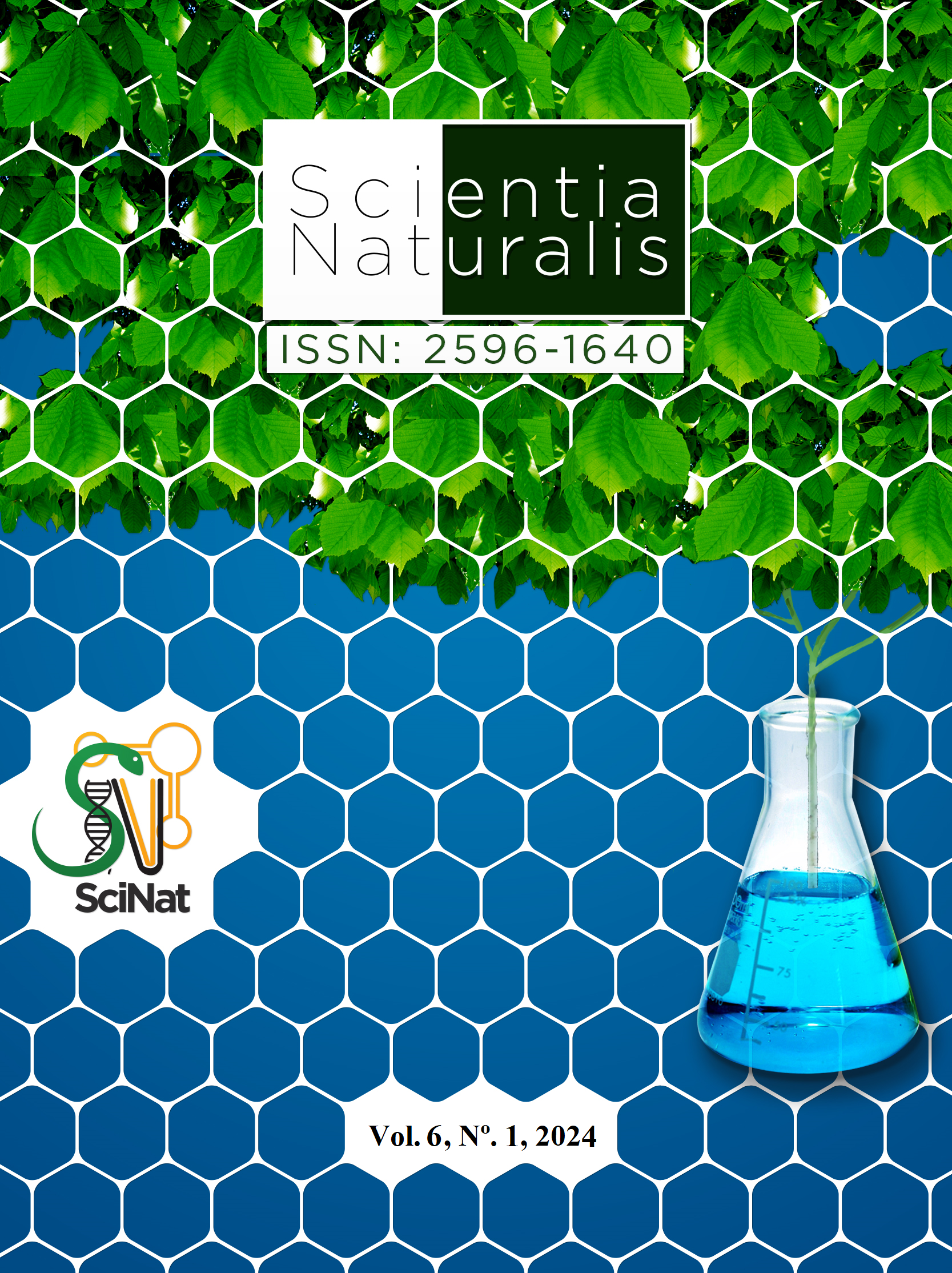Parasitic endofauna of five species of the Cichlidae family in a region of western Amazonia
DOI:
https://doi.org/10.29327/269504.6.1-2Abstract
One of the biological factors that can influence the fish population is its parasitic fauna, as different taxa of parasites use resources provided by their hosts causing infections. The present study aimed to analyze the endoparasitic fauna of five fish species of the Cichlidae family in the Western Amazon region. The study was carried out in a region of the upper Juruá in the Western Amazon around the municipalities of Cruzeiro do Sul-Acre and Guajará-AM, Brazil. To carry out the collection of fish of the Cichlidae family, passive collections of fish were carried out using 12 gill nets with 80 meters in length and 3.0 m in height, distributed in meshes of 1.5 cm, 2.5 cm, 3 .5 cm .5.5 cm between opposite nodes, in areas of rivers, lakes and streams. A total of 726 specimens of fish belonging to five species were analyzed, in which the species with the highest number of individuals was Chaetobranchus flavescens followed by Biotodoma cupido. Thus, knowledge of fish parasitic fauna can be of great importance, as parasites play a key role in ecosystems, regulating the abundance and density of natural populations, thus stabilizing the food chain and structure of the host community.




